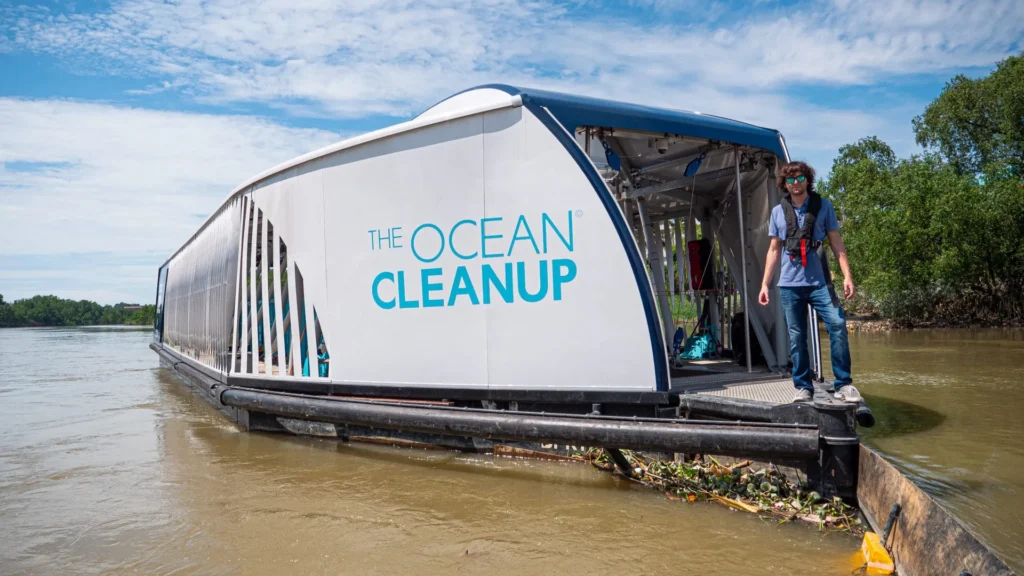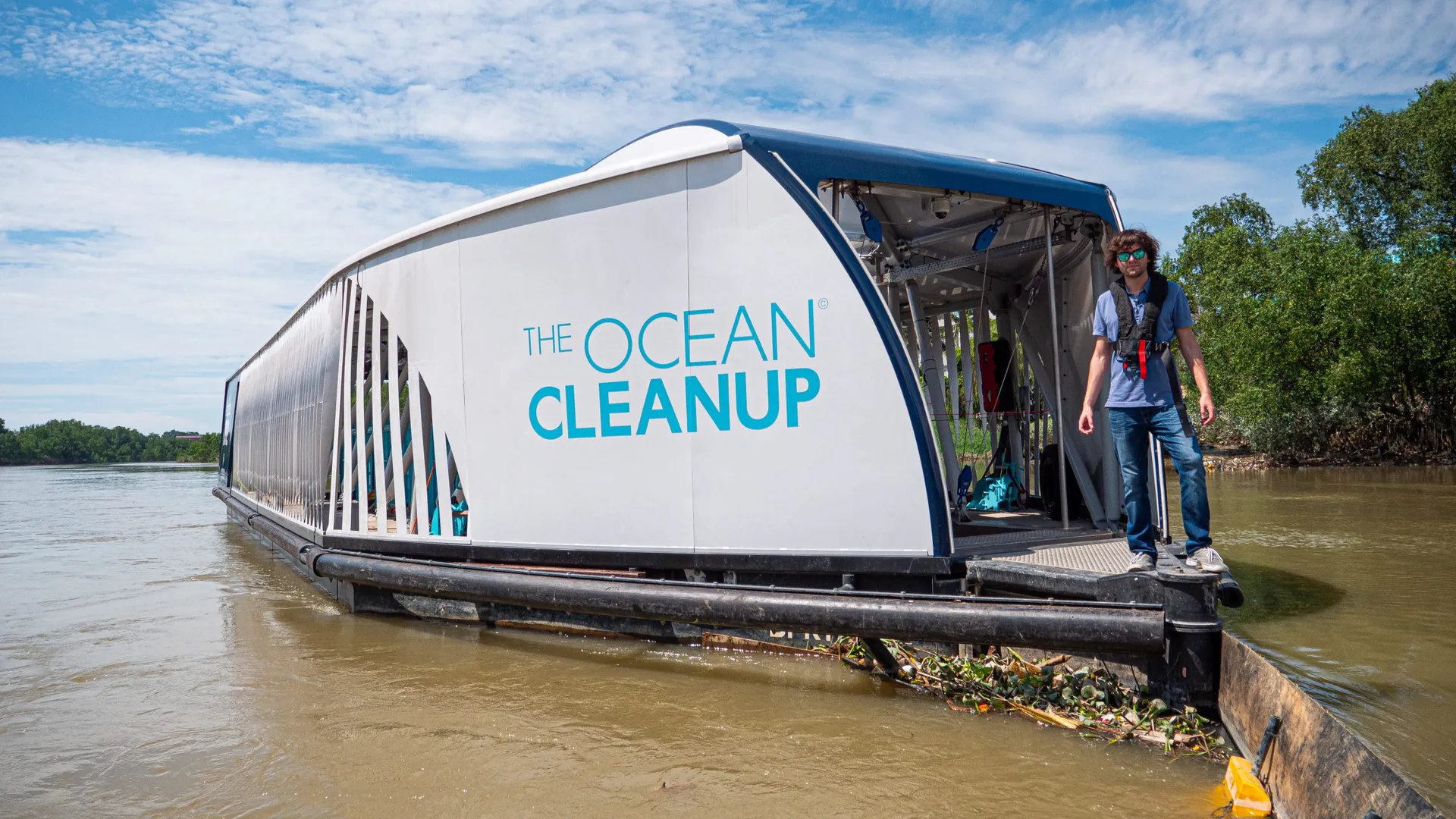Kids don’t think in limits. And when it comes to the climate crisis, maybe that’s exactly what we need.
When we talk about the climate crisis, we tend to look up the chain: world leaders, CEOs, policymakers, scientists. But what if the solutions aren’t just at the top – but coming from the classroom?
Young people are not just inheriting a broken system. They’re already working to fix it, and its our responsibility to ensure that they know they are part of the solution, not the problem.

Take Boyan Slat, who at 16 developed a prototype for removing plastic waste from the ocean.
Or Greta Thunberg, who turned a solitary school strike into a global youth movement.
Or Vinisha Umashankar, the 14-year-old from India who built a solar-powered ironing cart to replace polluting coal-heated irons in her community.
These stories are extraordinary, but they’re not isolated. In schools around the world, children and teenagers are inventing, questioning, building, and organising. Often without permission and often without waiting for adults to catch up.
Too often, we don’t give them the tools or the space to lead, create and innovate. And what if their solutions seem daft, even impossible? Giving way to true uncapped, inventive solutions paves the way for innovations that may one day lead to an unimaginable level of collective impact.

Harry Waters sees this every day. He’s the founder of Renewable English, a small but mighty education business that works with students and teachers across the world to embed climate action into English language learning. But more than that, he’s helping reframe what climate education can be.
“We keep giving kids Earth Day colouring sheets,” he says, “but we don’t give them the words to talk about how they feel, or what they want to change.”
Harry’s work is built around the idea that young people need two things: a clear understanding of the issues their generation faces, and a strong sense of hope that they can do something about it.
In one school in Turkey, after a single workshop, students created a year-long series of climate projects: from solar-powered model cars to recycled fashion to light-sensitive urban designs. Every piece was presented in English to hundreds of their peers. The students weren’t just learning vocabulary. They were stepping into leadership.
"keep giving kids Earth Day colouring sheets,” he says, “but we don’t give them the words to talk about how they feel, or what they want to change"
– Harry Waters. Renewable English
In India, after a set of Zoom sessions, students launched Saturdays for Solutions – a project repairing broken pens, organising community cleanups, and tackling waste in practical, joyful ways.
These are not exceptions. They are what happens when we stop treating young people as passive recipients of doom, and instead start treating them as partners in building what’s next.
But we have to do our part.
Because alongside the creativity and brilliance, there’s also fear. Guilt. Overwhelm. Many teenagers are internalising the weight of the climate crisis without being shown pathways through it. That’s not just bad pedagogy. It’s a failure of care.
We need to teach the science, but also teach the possibilities. We need to name the hard truths but also help students connect with what they can influence – right now.
That might mean starting a recycling initiative in their school. Or designing a community garden. Or writing letters to decision-makers. Or simply finding the words to talk about how they feel, in a way that feels safe and understood.
“You’re not a bad person for going on holiday,” Harry tells students. “You’re a person — and you still get to care.
This message – one of compassion, not perfectionism – is what sticks.
Adults need to get more comfortable with uncertainty. With not having all the answers. With letting students ask messy questions, dream bold ideas, and challenge the systems we’ve quietly accepted. Because if there’s one thing children do better than most of us, it’s thinking without limits.
What if we encouraged that?
What if we saw education not just as preparation for adulthood, but as an engine of possibility in its own right?
What if we saw climate literacy not as a subject, but as a language. One that gives young people the tools to speak truth, imagine alternatives, and take meaningful action?
The future won’t be decided in parliaments alone. It’s being shaped now, in classrooms, playgrounds, and after-school projects.
Our job as educators, parents, business owners and citizens is to listen. To equip. And to believe that young people are not just capable of change, but already creating it.

